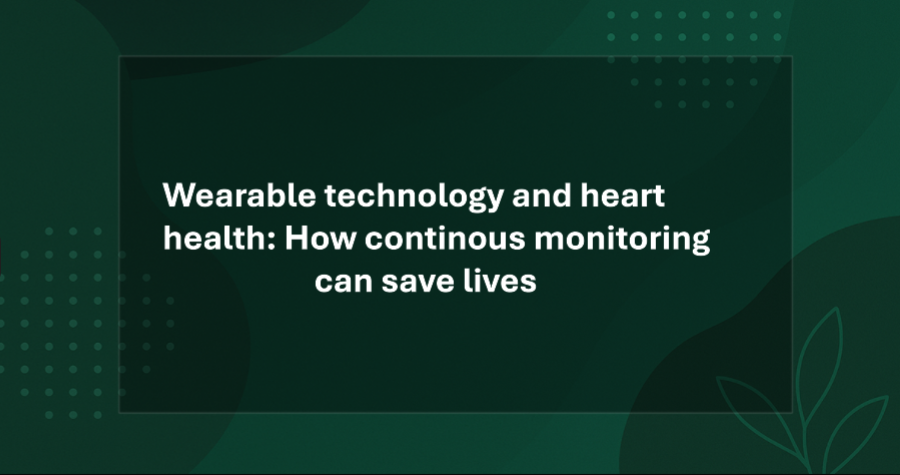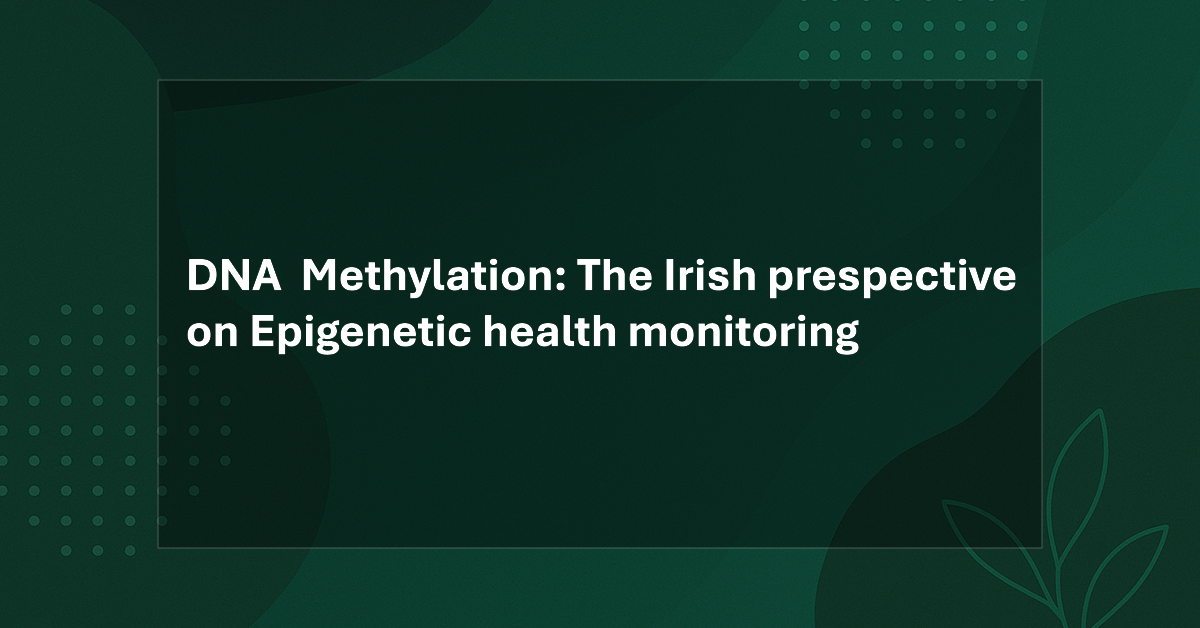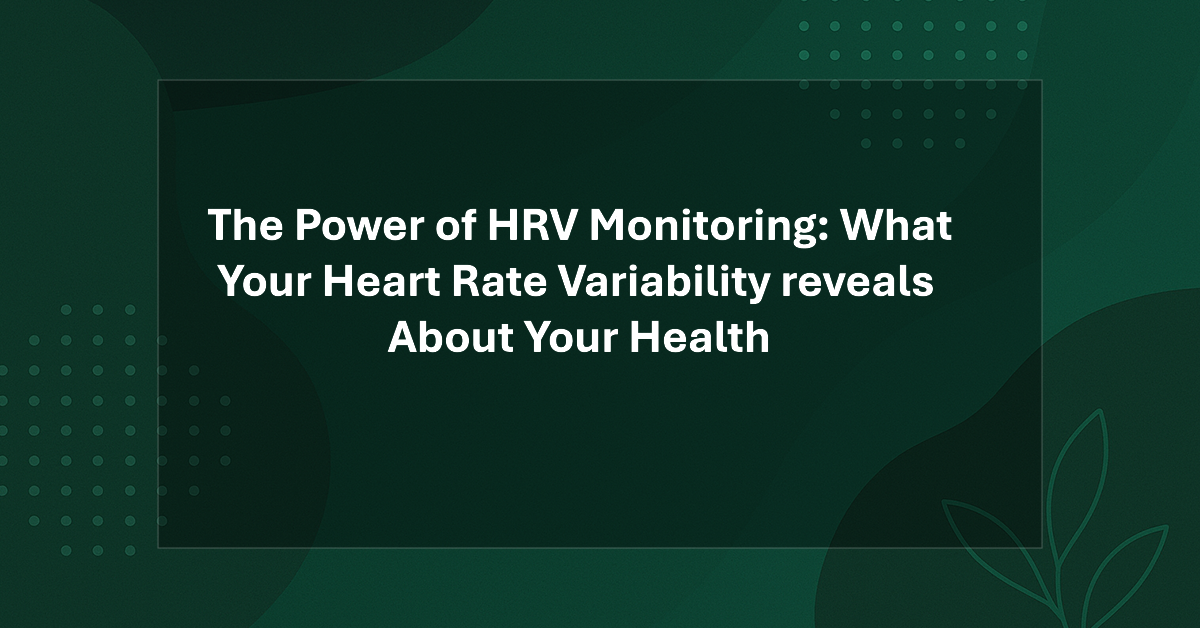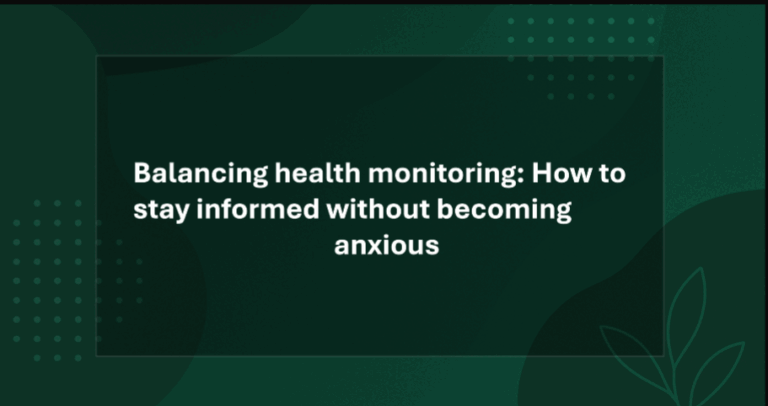Wearable technology and heart health: How continuous monitoring can save lives
Heart disease remains the leading cause of death globally, claiming nearly 18 million lives each year according to the World Health Organization (1). Yet many cardiac events occur with little to no warning, leaving patients and healthcare providers with limited opportunity for early intervention. This is where wearable technology is creating a revolution in preventative cardiology.
The Evolution of Cardiac Monitoring in Ireland
Traditional cardiac monitoring has been episodic at best. Annual check-ups might include an electrocardiogram (ECG) that captures just 30 seconds of heart activity. Even Holter monitors typically record data for only 24-48 hours before requiring removal and analysis.
The limitations of these approaches are clear: they provide merely snapshots of cardiac function, potentially missing critical irregularities that occur outside the monitoring window.
Enter wearable technology. Devices like the Apple Watch, Fitbit, and specialized medical wearables now offer continuous cardiac monitoring capabilities. In Ireland, where cardiovascular disease accounts for nearly one-third of all deaths, these technologies are especially relevant (2).
“Without that alert, I would have had no idea anything was wrong.”
— Sheila Concannon
The Evidence Behind Wearable Cardiac Monitoring
The scientific evidence supporting wearable cardiac monitoring is substantial and growing. A landmark study in the New England Journal of Medicine found that the Apple Watch’s irregular rhythm notification feature had an 84% positive predictive value for detecting atrial fibrillation (AFib) (3).
More recently, a 2024 study in Nature Medicine reviewed data from over 450,000 wearable users and found that algorithm-based detection of irregular heartbeats prompted early care in thousands of cases. 35% received a confirmed AFib diagnosis that might otherwise have gone unnoticed (4).
- Wearables detect AFib with 97.5% specificity
- Early detection may help reduce stroke risk in high-risk individuals
- Continuous monitoring improves detection of silent heart issues vs standard care
Beyond Rhythm Detection
Heart Rate Variability (HRV)
HRV has emerged as a powerful biomarker. Lower HRV is linked to a 32–45% increased risk of cardiovascular events (6). Modern wearables track HRV to assess stress, recovery, and nervous system balance.
Blood Pressure Monitoring
Hypertension affects over 60% of Irish adults over 50 (7). A 2024 study in Hypertension showed that wearable blood pressure monitoring improved control by 41% compared to clinic-only readings (8).
Oxygen Saturation
Wearables now monitor SpO₂ levels, helping detect conditions like sleep apnea—strongly tied to cardiovascular risk (9).
Integration with Irish Healthcare Systems
Leading Irish hospitals now integrate wearable data with electronic health records. A 2023 study in JAMIA found this reduced hospital readmissions by 23% and ED visits by 17% (10).
The Irish Heart Foundation has launched programmes to promote wearables for high-risk groups (11).
The Future of Wearable Cardiac Monitoring
- Patch-based sensors monitoring multiple cardiac biomarkers
- Algorithms predicting events days or weeks in advance
- Smart integrations with medication and lifestyle systems
Research from Trinity College Dublin suggests next-gen wearables may enable early detection of cardiac events, saving lives through proactive intervention (12).
Conclusion
Wearable technology is transforming cardiology. With continuous heart data, early warning, and seamless integration with healthcare, we are entering an era of proactive, personalized cardiac care.
This article is based on peer-reviewed research. Always consult your doctor for medical advice.






